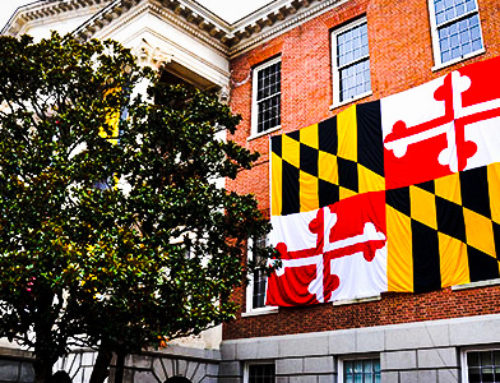View by Topic
Recent Articles
-
EPA Transmits California Electric Vehicle Waivers to Congress for RepealSaturday, February 22nd, 2025
-
SEC Reverses Course on Defending its Climate Related Disclosure RuleSaturday, February 15th, 2025
-
Reliance Letters: An Essential Part of Phase 1 Environmental Site AssessmentsSaturday, February 8th, 2025
-
Reverse Greenwashing: The Battle Over ExxonMobil’s RecyclingSaturday, February 1st, 2025
-
Anatomy of an Executive Order: Stopping the WindSaturday, January 25th, 2025
View by Month/Year
“Green Building Law Update” Headlines
Recent Articles & News from
Stuart Kaplow’s blog
at GreenBuildingLawUpdate.com
- EPA Moves to Overturn California’s Electric Vehicle Emission Standards February 23, 2025
- SEC Climate Disclosure Rule: A Dramatic Reversal Under Trump February 16, 2025
- Reliance Letters: An Essential Part of Phase 1 Environmental Site Assessments February 9, 2025
- Reverse Greenwashing: The Battle Over ExxonMobil’s Recycling February 2, 2025
Subscribe to the Green Building Law Update!
Stuart Kaplow brings his expertise and extensive experience to the table with his unique digital publication, "Green Building Law Update". Subscribers receive regular updates to keep them informed about important issues surrounding Environmental Law, Green Building & Real Estate Law, as well as the emerging demand for Environmental Social Governance (ESG).
Get fresh content through the lense of Stuart Kaplow's cutting-edge expertise, innovative commentary and insider perspective. Don't miss another issue! Subscribe below.
“Old Fence Line” Establishes Boundary
The Court of Special Appeals affirmed the Circuit Court’s decision establishing a boundary line by relying on the clear and unambiguous language of a deed, deciding it did not require other evidence to determine the meaning of the conveyance.
Jean Koehn and C. Campbell Koehn partitioned Evergreen Farm as part of their divorce in 1961. Eight months later, a surveyor for Campbell suggested that a new boundary line be established by using an old fence line. In 1962, Campbell executed a deed to a buyer, excluding the land transferred to Jean in the partition, but using the surveyor’s new description that now called to a concrete monument that the surveyor had installed to make the new line.
The two conflicting descriptions had the effect of establishing inconsistent dividing lines between the parcels. “It is recognized that where there are conflicting surveys, the problem before the court is fundamentally one of fact, inasmuch as the general rules as to the preferences are merely guides for ascertaining the intention of the parties. While it is a general rule that calls in a deed prevail over courses and distances, this rule is not applied if it defeats the manifest intention of the parties.
The Court in William C. Millar, Trustee v. C. Keating Bowie, et ux, found that the deed to Jean in 1961 carved her parcel out of then larger farm. “It is well settled that where such is the case, the first deed conveys…, it must have precedence over a subsequent purchase.”
So, the 1961 deed to Jean was senior to the 1962 deed that gave rise to this case. The Court found the description using the ‘new’ old fence line, including the new monument, in the 1962 deed ambiguous. But the older deed was “sufficiently clear and definite” such that no further evidence was required.
And the Court termed the decision to resurvey the boundary as “bizarre.”









